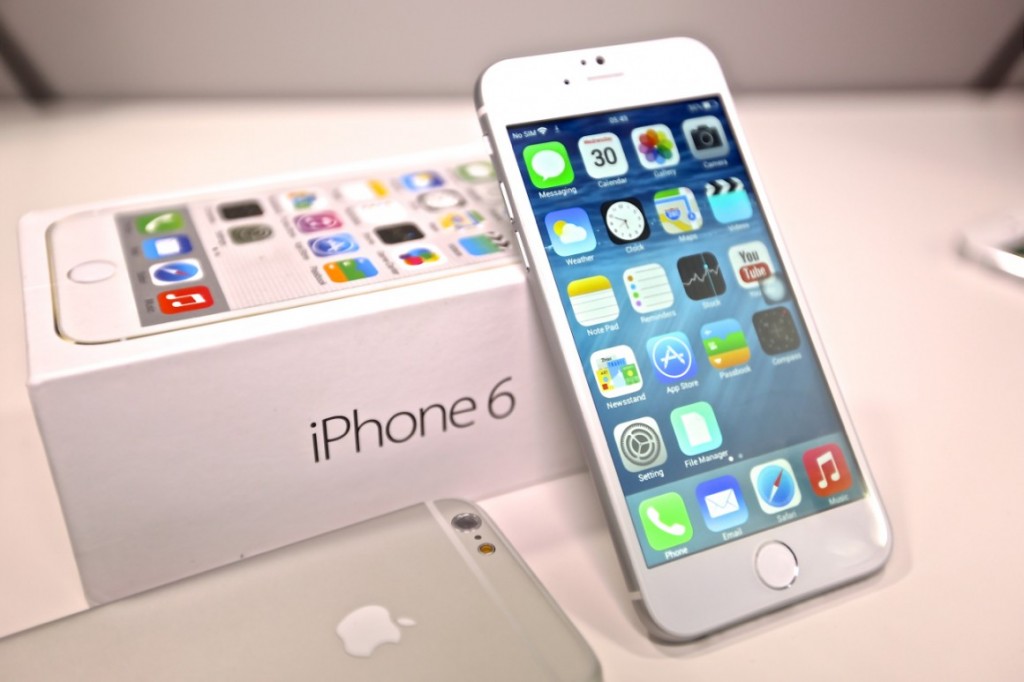Did you know that your iPhone actually has the ability to learn new information about you and then use that data to improve the user experience? This article looks at several ways that you can teach your iPhone. From beating autocorrect to teaching Siri how to correctly pronounce your name, it explores some of the ways you can tailor the iPhone to your own needs and preferences.
Though we are likely still decades away from the kinds of artificial intelligence depicted in Hollywood blockbusters, your iPhone is loaded with some pretty advanced technology. Among other features, the operating system actually has the ability to learn from you and personalize the user experience in a number of ways. The functions are pretty basic for now, but they represent the next step that smart phones are almost guaranteed to take over the next few years. Here is a look at some of the ways that you can teach your iPhone.

Keyboard Shortcuts — Everyone has phrases that you tend to use a lot, and it can be tedious to write them out every time you want to send a quick text. You can make the process of typing on your iPhone’s keyboard much more intuitive if you add some of your common phrases as keyboard shortcuts. From the Settings app, select General, and then go to the Keyboard settings. At the bottom of this screen, you’ll see the option labeled Shortcuts. From here, you can add shortcuts by tapping the plus sign in the upper right comer. Simply enter a phrase you use often and then choose a shortcut that can expand into that phrase. One handy shortcut that will save you time whenever you have to log in to websites from your iPhone is setting it to expand the phrase «eml» into your email address.
Beat Autocorrect — When you and your friends communicate in words that can’t be found in the dictionary, it can be a pain to have your iPhone constantly trying to autocorrect them. You have two options for how to teach your phone new words so that it will stop fixing your «mistakes». First, you can add new words from the same Keyboard Shortcuts screen discussed above. Instead of adding a shortcut, though, you just type the word into the Phrase field and your phone will start recognizing it as real. The other option is much quicker. Simply open up Safari and type your word into the smart search bar. After you perform a quick Google search for your word, it will be permanently added to your iPhone dictionary.
Teach Siri About Your Family — Did you ever wish that you could just tell Siri to call your mom instead of having to say her full name every time? Teaching Siri about your family is actually a quick and easy process. If your mom is saved in your phone as Jane Doe, you can activate Sid and tell her «Jane Doe is my mother». After confirming that you want to save this information, Siri will connect you with your mother every time you say «Call Mom».
Correct Siri’s Pronunciation — While Siri is pretty good at pronouncing most words, complex names will occasionally trip her up. If you find that your virtual assistant is butchering a word or name, all you have to do is let her know. Tell Siri, «You’re pronouncing ‘so-and-so’ wrong», and she will ask you to repeat the correct pronunciation. It might take a few tries, but eventually Siri will improve.
Frequent Locations — Your iPhone actually has the ability to track your favorite placesto spend time, and it can use this information to give you helpful hints. To see your list of Frequent Locations, go to Settings, select Privacy, and then tap Location Services. Scroll all the way down to the bottom of the screen and select System Services. At the bottom, you will see an option called Frequent Locations. Assuming this option is turned on; you can look at the History section and see a map of all the places where you have spent the most time recently. Your iPhone uses this data in a few different ways. For example, if you tend to commute to work daily at 9:00am, your phone will learn this information about you. Simply open up the Notification Center around this time of day and tap the Today tab. You should notice that your phone tells you how long it will take to get to work in current traffic. Check again later in the day and it will estimate how long it would take you to get home. While not a revolutionary feature by any means, this use of Location Services is a prime example of the way that your iPhone learns from you to tailor the user experience over time.
Leave a Reply